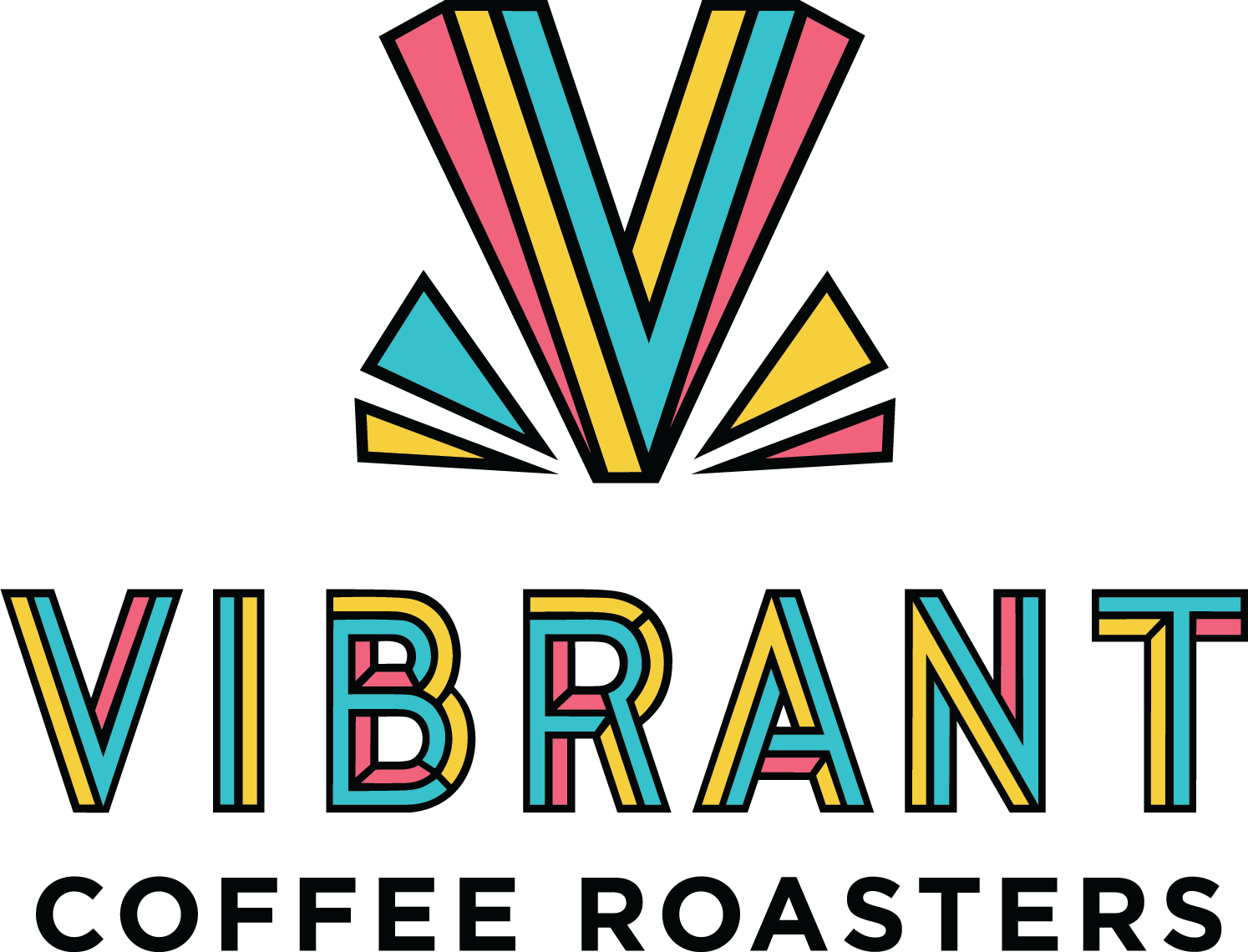Battle of the V60 Filters
People always seem to love the Cafec Abacas and we've never really liked them all that much, so we thought it would be a good time to re-test. We used our bloom + two pour V60 recipe, full strength Third Wave Water, our Ethiopia Keramo Village coffee (we picked Ethiopia specifically so that more fines would be generated and differences between filters would be magnified), and a Mahlkonig Guatemala grinder. Tasting was done blind, of course.
Tabbed Hario (Japanese, not Dutch): 2:54 brew time. By far the most peachy and juicy. When hot seemed less floral but when cool got downright perfume-y. Big sweetness. Favorite by far.
White Abaca: 2:49 brew time. Juicy, clean, lots of florals when hot. When cool just a bit underwhelming.
Brown Abaca: 3:01 brew time. Thin, astringent, lacking sweetness and character.
Sibarist: 2:39 brew time. Very similar to white Abaca. Floral when hot. Clean. A nice brew, just not as juicy and sweet as the tabbed Hario.We also tried the Sibarist at a finer grind as we wondered if the very fast extraction was preventing us from getting as much of the fruit sweetness. Brew time did increase to 2:46 but flavor did not improve and it got more astringent. Perhaps actually grinding coarser and getting an even faster extraction would be better.
Our thought was that for a very low-fines grinder, the tabbed Hario is best, but that the results may be very different for a good but not outstanding grinder. So we tried again, using a Comandante (dialed in first for best flavor at 24 clicks with the Tabbed Hario), and added a few more filters to the comparison. Same brew recipe, but using our Ecuador Finca Los Girasoles Natural Caturra. Blind tasting again, of course.
Tabbed Japanese Hario: 2:41 brew time. Nice, round, sweet, the most “Kenya” flavor (grapefruit, strawberry, currant, very slightly savory, basically the reason we love this coffee is because it tastes like a great washed Kenyan), brightest & juiciest. This was our clear favorite.
Brown Abaca: 2:40 brew time. Some “Kenya” taste, balanced, a little underwhelming compared to tabbed Hario.
T90 Med-Dark: 2:36 brew time. Very sugar-browning forward, thick, sweet, not very fruity or juicy.
Cafec Traditional: 2:43 brew time. Brighter & fruitier than both Abacas but the most astringent. Like grapefruit pith & rind rather than juice.
White Abaca: 2:29 brew time. Nice, balanced, some “Kenya” flavor, thinner and more bland than brown Abaca.
Sibarist: 2:03(!!) brew time. Very light mouthfeel, bright but lacks sweetness. We also tried 23 clicks for this, 2:18 brew time, thicker & rounder but too astringent.
Finally, we repeated the process using a Baratza Vario with steel burrs (what is now the Vario-W+) and our Uganda Sironko Washed Anaerobic. Same water, same brew recipe, same blind tasting. We only tried the tabbed Harios and the white & brown Abacas as at this point we are most interested in these three.
Tabbed Japanese Hario: 3:04 brew time. Nice berry flavor, hints of bubblegum and cotton candy, citric acidity. A little bit juicier and sweeter than the White Abaca brew. Just the slightest hint of astringency. Favorite by a little bit.
White Abaca: 2:42 brew time. Also nice berry flavor, very smooth, citric acidity. Just not quite as juicy or sweet as the tabbed Hario brew. Perhaps just a tiny bit more astringency than the tabbed Hario brew.
Brown Abaca: 3:05 brew time. Clearly less fruity than the other two brews. Slight hint of paper or wood. This was our least favorite.
Overall Conclusion: the tabbed Japanese Harios are the best for our light roast coffees. The Abacas (probably really only the white/bleached ones) are a decent alternative. We do not recommend any of the others. That said, it is still entirely possible that for other coffees, other brew recipes, other grinders, and other personal preferences in flavor, some of these filters that we don’t much care for could be best. That’s a big part of the fun in coffee!

